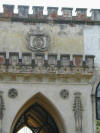Castles in County Nitra (comitatus Nitriensis)

In the archives one of the most famous Hungarian aristocratic families, Hunyady family is a large number of historical archival material. (Genus Sandor de Szlavnicza the family Hunyady multiple bonds and mutual marriage retained common feudal property. For example, it was also Hunyady László (Ladislaus) and his wife Anna Sandor de Szlavnicza and Pál (Paolus) Sandor de Szlavnicza and his wife Judith Hunyady).
Here are some of the files mentioned on the edge of the repair palace in Čereňany in 1667, his inventory of 1799 and the valuation of construction works have now lost mansion in Ivanka next Nitra of the last quarter of the 18th century. Furthermore, it is a description and plans of the 1715 manor house, whose owner was noble Dominus Mikolaus Madocsányi. His ancient mother was Anna Sandor de Szlavnicza. Father of Anna Sandor Szlavnicza (married Madocsányi) since 1625 Nitra Vicecomes Ladislaus (László) Sandor de Szlavnicza (curial notary in Pressburg in the year 1609 on board the royal court, notary and then later county council and comes of Nitra County) and his mother was Elizabeth Balogh (married Sandor de Szlavnicza). The Fund is now unfortunately a large number of messy materials. The fund is still in training, and reconstruction is not accessible to the public.
* National Archive in the Nitra, the fund family Hunyady of the Mojmírovce (1245) 1336 - 1932
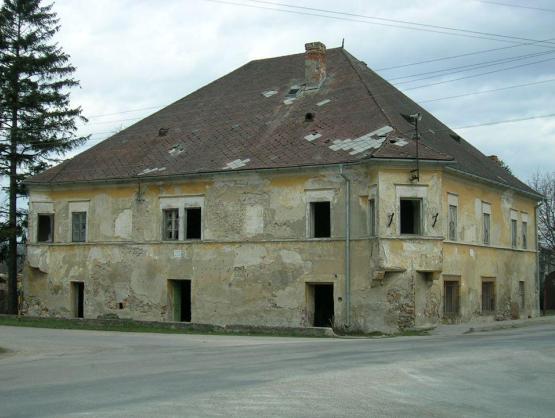
In Rakolubszky family manor house in the village Rakoľuby of district Nové Mesto nad Váhom. Wife of Stephan I. Sandor de Szlavnicza (1570) was Kata Rakolubszky. They had four daughters: Margit (1.Georgius Rajczányi 2.Gyepes Farkas) Erzse (Boldisz Rajczányi), Zsofia (Paulus Rajczányi) and Anna (Mózses Simonyi).
In the 16th century castle Branč held the genus Nyári de Bedegh. Estate, which has gradually become the property of several aristocratic families, who get together Composesorat. Over the centuries, the improved protection of the castle. The oldest is the gothic castle top. Lower lying podhradie built in the 15th and 16 century as a defensive belt adapted to rocky terrain. In the 17th Brunch century, the surrounding villages has become a refuge from the Turks. Subscribe to the torture of participants of religious riots subjects Turá Meadows and Senica in 1672 and the imprisonment of priests and Protestant Bratislava court sentenced to the galleys for two years. At the end of the 17th century, the castle burnt down, odviezli from furniture, zbúrali fortification and let the object fail. Since the early 18th century, was inhabited. Of the buildings now face scrap the perimeter walls and some pieces of coherent lower castle. The visitors, after a short and inexpensive outlet for Castle Hill offers a wide ring with a panorama view Myjavska downs and White Carpathians.
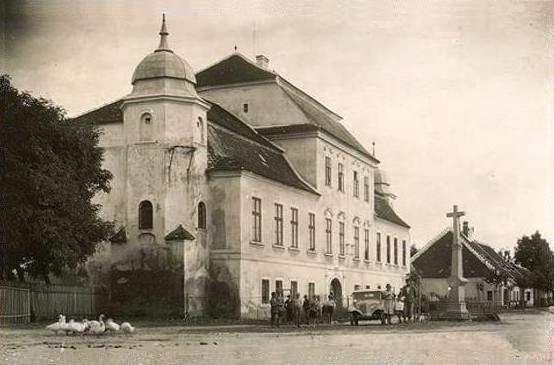
Manor in the village Sobotište, whose owner was Count Nyári de Bedegh. His family was co-owner of Sandor de Szlavnicza. In addition, they shared Compossesorát. Emeric (Imre) Nyári de Bedegh and Mária Sandor de Szlavnicza 1670 (her parents Ferencz Sandor de Szlavnicza and baroness Kata von Rottal †1638) was marryd.
_____sandor_gyorgy.100714_103840_23.png)
Rittmeister Georgius Sandor (hussar captain) †1762
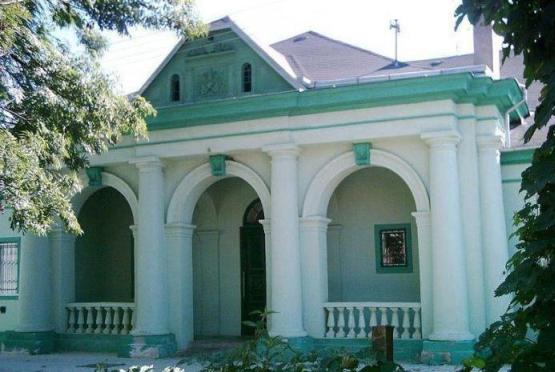
Manor of family Ivanka in the village Plášťovce. Brothers László Sandor de Szlavnicza †, Mihály Sandor de Szlavnicza and Thomas Sandor de Szlavnicza, his wife was Esthera Ivanka de Draskocz et Jordánfold *04.06.1786 Malé Zlievce (Imre baron Ivánka was the founder of the Hungarian Red Cross). Ther sons was County judge Stephanus Sandor de Szlavnicza (1.Adel Sandor de Szlavnicza, 2.M.M.), Zsigmond Sandor de Szlavnicza (Maria Beniczky), László Sandor de Szlavnicza and Kalmán Sandor de Szlavnicza.
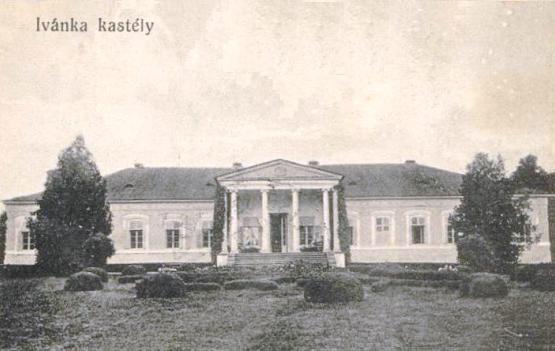
Castle 19-20 at the turn of the century in the Horne Semerovce district Levice whose owner was the founder of the first Company for steamboat traffic on the Danube (1878-1891), general director of Northeast track and Grand Master of the Masonic Lodge of Hungary Imre Ivanka Baron de Draskóczy and Jordánfold.
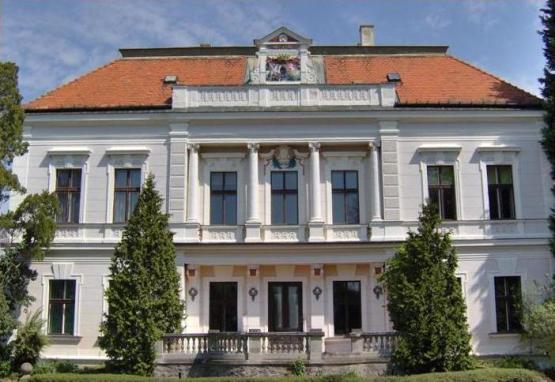
Castle arboretum Tesárske Mlyňany in which it was at the end of 1938 and early 1939 Resident of his squadron Lieutenant. cavalry Aladár II. Ondrejkovič. Was owned by the family Ambrózy-Migazzi to which was then Lieutenant. cavalry Aladár II. Ondrejkovič consanguineous through his grandmother Anna Sandor de Szlavnicza. With this family had a family Sandor de Szlavnicza compossesorate.
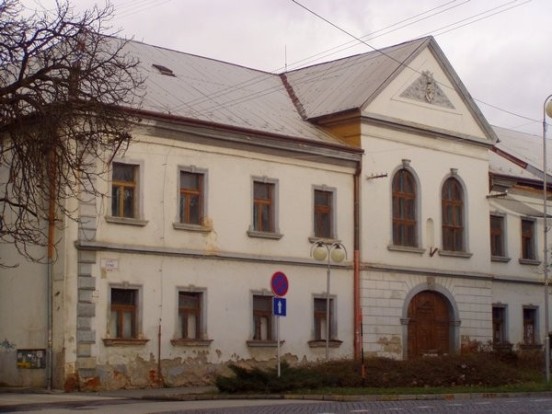
County house in the Zlaté Moravce, where he was appointed the new Democrats. Government January 24, 1919 the first Czechoslovak while Tekov Comes Dr. Martin Mičura (marriage notary Rudolf and Anna Ondrejkovičová became relatives of the genus Sandor de Szlavnicza).
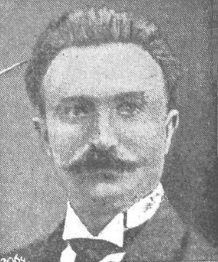
Government Commissioner and Chief district in Levice was his subordinate and related through family Ondrejkovič Dr. Viktor Ravasz (deputy from 1925-35, 1935-39 senator and public notary *1887 †1957), Comes Dr. Martin Mičura appointed him to the post in 1919. Genus Ravasz was also related by marriage with the family of Anna Sandor Ravasz with Juraj (Georgius) Sandor de Szlavnicza.

Main mayor of Bratislava 03.05.1944 became his brother known lawyer of the Bratislava Dr. Stefan Ravasz (since 1936, the owner of the mansion Cerová that in the first half of the 19th century, they are owned by a relative of Stefan Motešický), Bratislava mayor was also their relative Štefan Turba. From 1924 he was District Chief in the Zlate Moravce them relative Dr. Aladár I. Ondrejkovič.
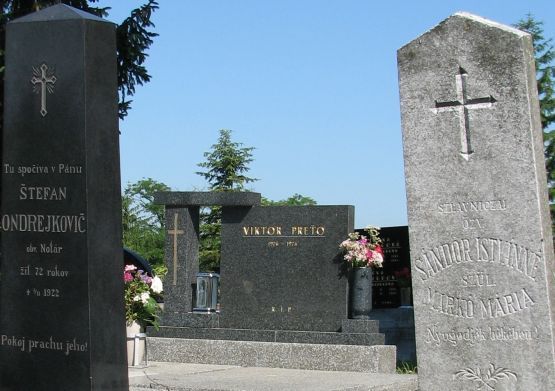
Gravestones of District notary Stefan I. Ondrejkovič and his noble mother in law Mrs. Maria Sandor de Szlavnicza born Marko.
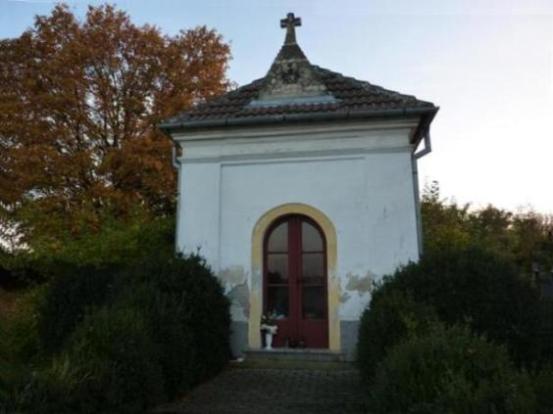
The dominant feature of the cemetery in the village Rišňovce (Alsó-Recsény), the chapel with the tomb. He gave it to build a nobleman Zsigmond Sandor de Szlavnicza his deceased wife Julia, died 24 April 1842. . V roku 1869 žil v dome č.1 58 ročny Rudolf Sandor so svojou manželkou Annou Majthényi a rodinou. V kaštieli sa vtedy zaevidovala 1 komora, 3 maštale, 1 ovčinec, 1 humno, cca 30 izieb, iných komôr a kuchyne.
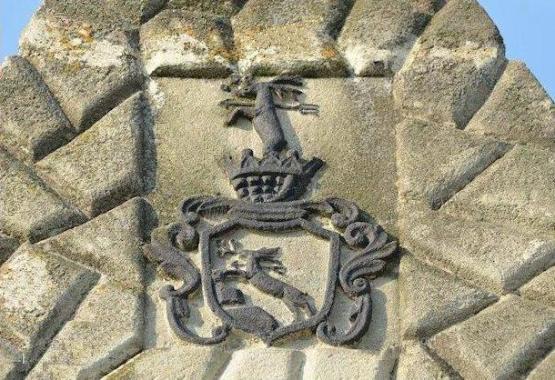
The gable roof is Sandor of Szlavnicza family crest and a short text in Hungarian language. Matej Bel v 4. zväzku Notitia Hungariae Novae Historico-Geographica (r. 1742) uvádza: „…Horné a Dolné Rišňovce, v súčasnosti jedna usadlosť, sú späté s rodom Rišňovský, kaštieľ poškodený tureckými vojnami a inými s nimi súvisiacimi udalosťami, patria kompossesorátu rodu Sandor“.
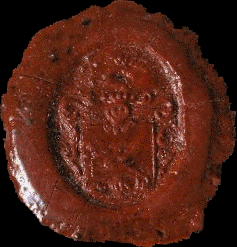
According to witnesses is buried in the chapel of about 6 people. Nicolaus Sandor de Szlavnicza and wife Maria Terstyánszky family residence Upper Rišňovce No 6. Their son Colomanus Lazarus Sandor had baptism *12.12.1865.
.130215_071525_23.png)
Paulus Antonius Vincentius Sandor *27.09.1878 Nitra parents nobilus Dominus Paulus Sandor de Szlavnicza and nob. Anna Bossányi de Eadem
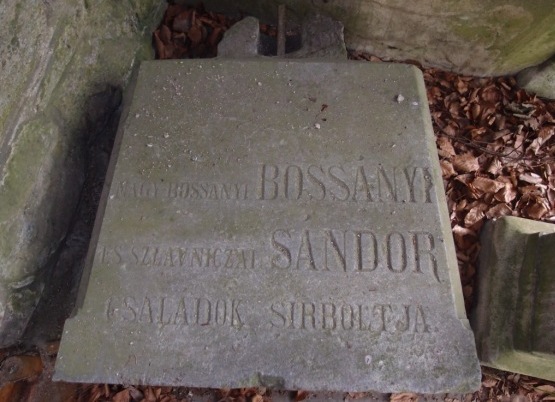
Genus Sandor Szlavniczai and Bossányi de Nagy Bossanyi at the source of the river Nitra. Source national river Nitra is situated 2 km in Fačkov, on the right side of the road I / 64 to Prievidza. Nitra River rises below the top of Revan (1205 m) on the south side slopes Lúčanská Malá Fatra in the village Kľačno.
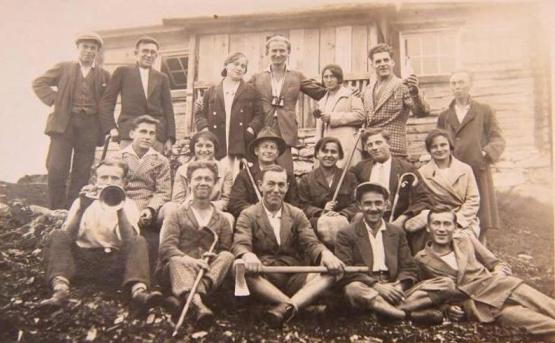
Superintendent of schools and priest Joseph Stephanus Bossányi de Nagy Bossányi here under Kľak built at its own expense in the year 1931 tourist hostel.
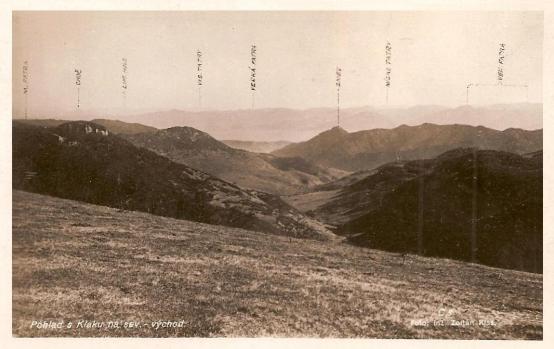
View from the Klak on the north - east.
_____p9257314_140215_184231_23.140215_185706_23.jpg)
At the source of the river Nitra is the tomb of the genus Sandor de Szlavnicza and Bossányi de Eadem, its location symbolizes their social role and position in the Nitra county. He built it in 1931, Catholic priest and professor Joseph Stephanus Bossányi. Also he built the chapel of Lourdes and modified source of the river. As an educator sons of the city notary in Prievidza D. Michael D. Turba, which financially supported the activity had an impact on the formation of interest D. Gejza Turba, his future collaborator, ally and related through family Ondrejkovič.
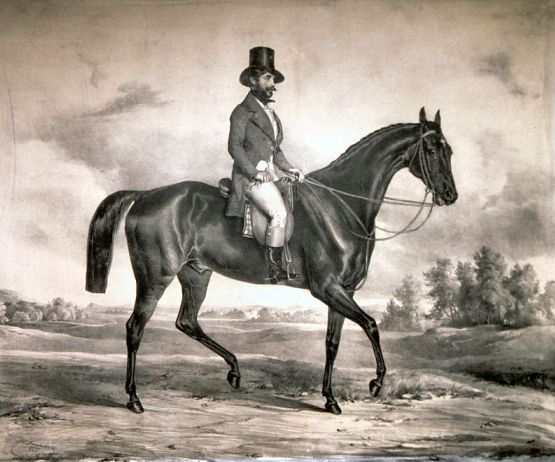
Móric Count Sandor de Szlavnicza in the year 1844.
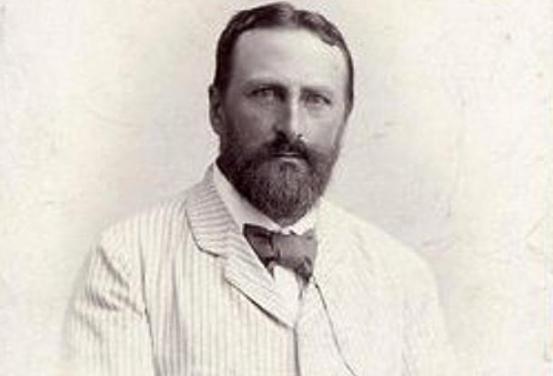
Stefan Count Keglevich de Buzin before the year 1890 the owner of the chateau Topolčianky. Was blood related of family Sandor de Szlavnicza, thus Ondrejkovič. Topolčianky with a castle belonged until 1938 within the scope of the District administration chief in the Zlate Moravce Dr. Aládár I. Ondrejkovič his relative (Mária Sandor de Szlavnicza *03.31.1798 †11.11.1843 in Wien, her husband Gábor Count de Keglevich Buzin).
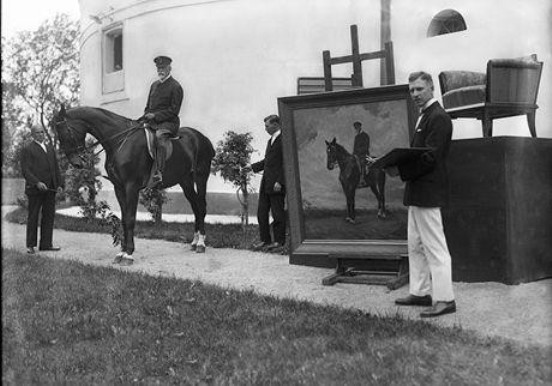
Famous Slovak painter from Nitra Maximilian Schurmann (hailed the adoptive father Julius S. of notarial families) portrays President T. G. Masaryk in Topolčianky. Were covered by the District Chief of the Zlaté Moravce Dr. Aladár Ondrejkovič, also the father of Stefan O. came from a family of notaries and was a close relative of the family Schurmann. Together with Relationship to Minister JUDr. Martin Mičura (Ondrejkovič) it indicates how much each had a close kinship linked Slovak notary families to the president T.G. Masaryk and his family.
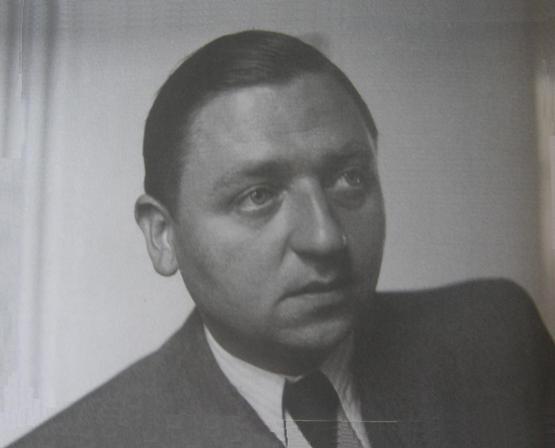
Consul of the Kingdom of Sweden and Denmark in the Slovak Republic in Bratislava known lawyer Dr. Stefan Ravasz from 03.05.1944 to 06.04.1945 Chief mayor Bratislava (Bratislava mayor Stefan Turba was Director of Posts and husband of Maria Turba born Ondrejkovics and brother of Maria Ondrejkovics born Turba). Brother Dr. Viktor Ravasz was in 1919 appointed Nitra-Tekov comes and founder of the local Slovak national council and the National Guard around Bytča JUDr. Martin Mičura a government commissioner and principal vicecomes of Levice, won the parliamentary elections in 1925, parliamentary seat in the National Assembly. In 1935, they leaked the news that was a member of the faction that opposed Andrej Hlinka. In September 1935 he was expelled from the party threatened him because of the practice of tying the mandate waiver senatorial mandate. From fractional activities and mandate distanced himself retained. In opposition to the Hlinka he was also involved Dr. Stefan Ravasz.
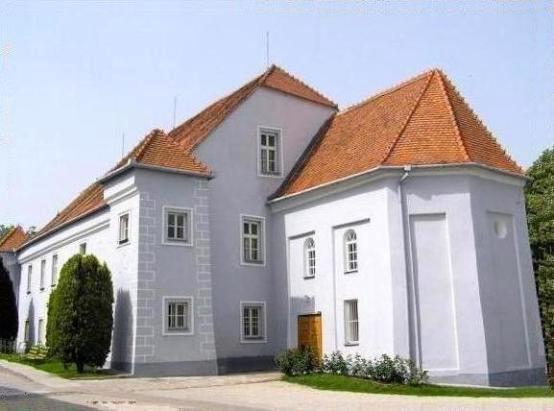
President of the Association of the free professions in Slovakia JUDr. Stefan Ravasz, known lawyer of the Bratislava, was since 1936 the owner of the mansion Cerová that in the first half of the 19th century. He owned by his relative Stephanus (István) Motesiczky (both these families were related also to the families Sandor de Szlavnicza and Ondrejkovics).
In November 1939 he was based building committee SK Bratislava to build representative sports complex, between members of the building committee include Dr. Stefan Ravasz.
The first diplomatic representative of the Kingdom of Denmark in the Bratislava became the Honorary Consul Dr. Stefan Ravasz, the Slovak Prime Minister and Foreign Minister officially adopted in this post on 11.01.1941 (Newspaper Slovák 11.01.1941 p.3).
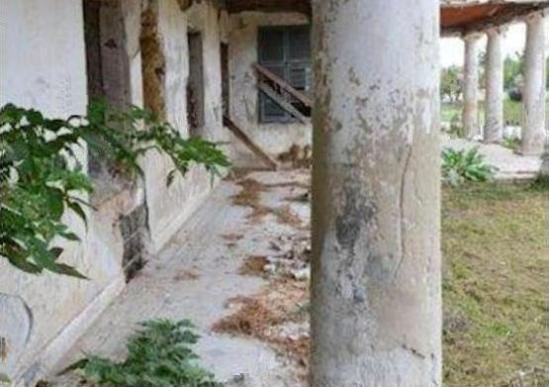
The village Šalgočka lies on the western outskirts of Nitra hills undulation in a shallow stream Jác, the center of the village is 150 m.n.m., village area which has 140-200 m.n.m. the loess hills deforested. The village belonged to the yeoman family, acquaintances, families are the sons of David, Dezasse, Sandor, Appel and Desewffy. Sons of David originating from the Turiec built the village church and the baroque mansion. In 1772 Empress Maria Theresa promoted Karol David and his son Anton to baronship. Sons of David (relatives of the genus Sandor of Slávnica) had a mansion in the Sasinkovo and property in the Little and Big Babee. In the 19th century landowners as indicated: Count Anton Dezasse and Son (1825) and Count Rudolf Sandor of Slavnica (1837) also the owner of the mansion.
Notes: In the XVI. century had possessions in the village Trnovec Appónyi genera (relative of genus Sandor), Csúzy (related of families Ondrejkovits), Stefan Cher of Černen, Joanes Szentpéteri (relative of genus Sandor) and Elizabeth Szentmihályi (related of genus Sandor). In the XVII. century acquires property in the area Ladislaus Hunyady (wife of Anna Sandor), later the landlord of the village ; Since 1586 management Bojnice castle remained youngest brother Alexei II. Thurzo de Bethlenfalva (1550-1594). The first issue of the newspaper Mercurius Hungaricus issued by Count Antal Esterházy in 1705, the second the same year in May, the August number was published under the name Mercurius Veridicus ex Hungaria ; JUDr. Martin Mičura Minister for Slovakia in the first government of Prime Minister Jan Černý from 15.09.1920 to 09.26.1921 and the Prime Minister Dr. Edward Beneš from 09.26.1921 to 07.10.1922 ; Building Committee of Sport Club ŠK Bratislava November 1939 Member Dr. Štefan Ravasz ; Address by the Minister for Defence General Ferdinand Čatloš by the District Chief Dr. Aladar Ondrejkovič and his brother-in law Dr. Karol Reindl was former Lieutenant colonel František Borský (Zigmund Berger) born in village Sandorf employed since April 1943 as an accountant at the State Land Office in Piestany, where he was principal secretary notary Vojtech Ondrejkovič ;
Quelle : Newspaper Národné noviny Volume: 1933, Issue: 08.12.1933 ; Newspaper Slovák 11.01.1941 S.3 ; Mária Ondrejkovičová born Turba ; Gejza Turba ; Mgr. Peter Múčka Partizánske ; Erzbischof Ján Sokol 19.01.2001 Bratislava ; Cardinal Ján Chrizostom Korec 19.01.2001 Bratislava ;



 back
back 
